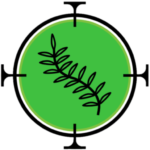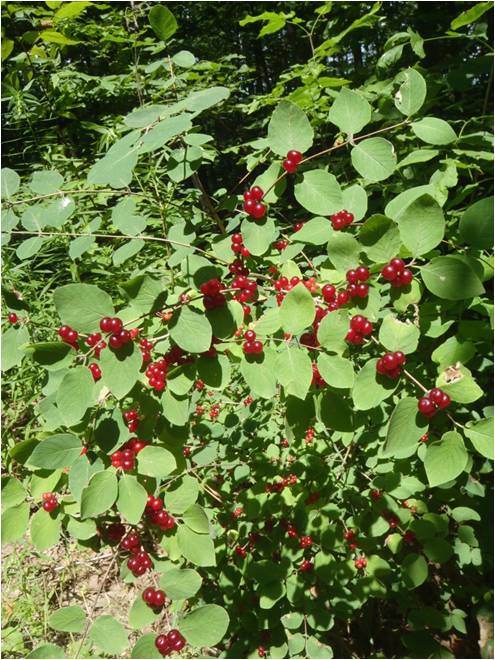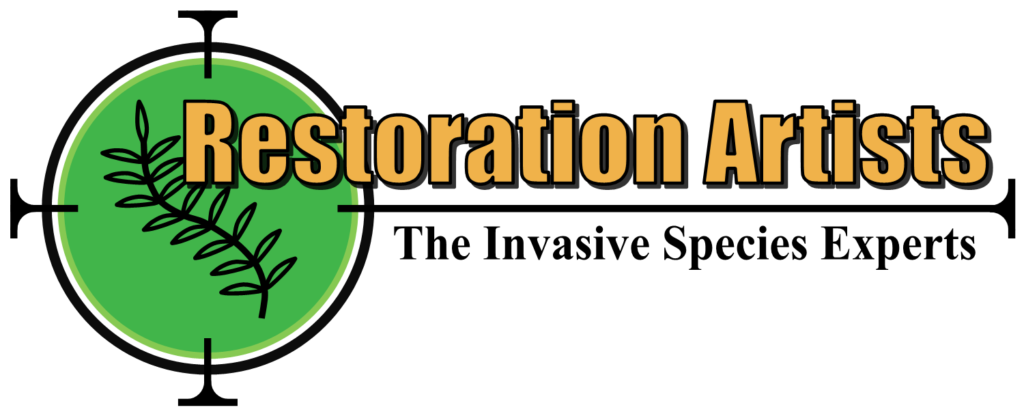Non-native Honeysuckle (Lonicera sp.)
The species are considered invasive in North America, and Ontario in particular, include the Tatarian (Lonicera tatarica), Amur (L. maackii), Morrow, (L. morrowii) and Bells (L.×bella) honeysuckles. Invasive honeysuckles is the collective term for several shrub-form plants in the Lonicera genus. These plants were valued additions to gardens and were deliberately brought to North America from their native Korea, China, Japan, Europe and Russia. As far back as the 18th century, the honeysuckles were prized for their attractive flowers and were imported and promoted as a garden ornamental, as a shrub for wildlife and to prevent soil erosion.
As early as the 1920s it was noted that invasive honeysuckles were spreading beyond their original planting sites and were reproducing and becoming established in natural areas. By the 1960s they were widely reported as abundant in pastures and forested areas alike. Bells Honeysuckle. Over time they have become an invasive problem in North America, dominating forest understories as well as more open sites, such as fields and pastures.
While there are differences among these plants, all of them share characteristics such as rapid growth, high reproduction and an ability to out-compete native vegetation and take over the understory of forest and woodland habitats.


